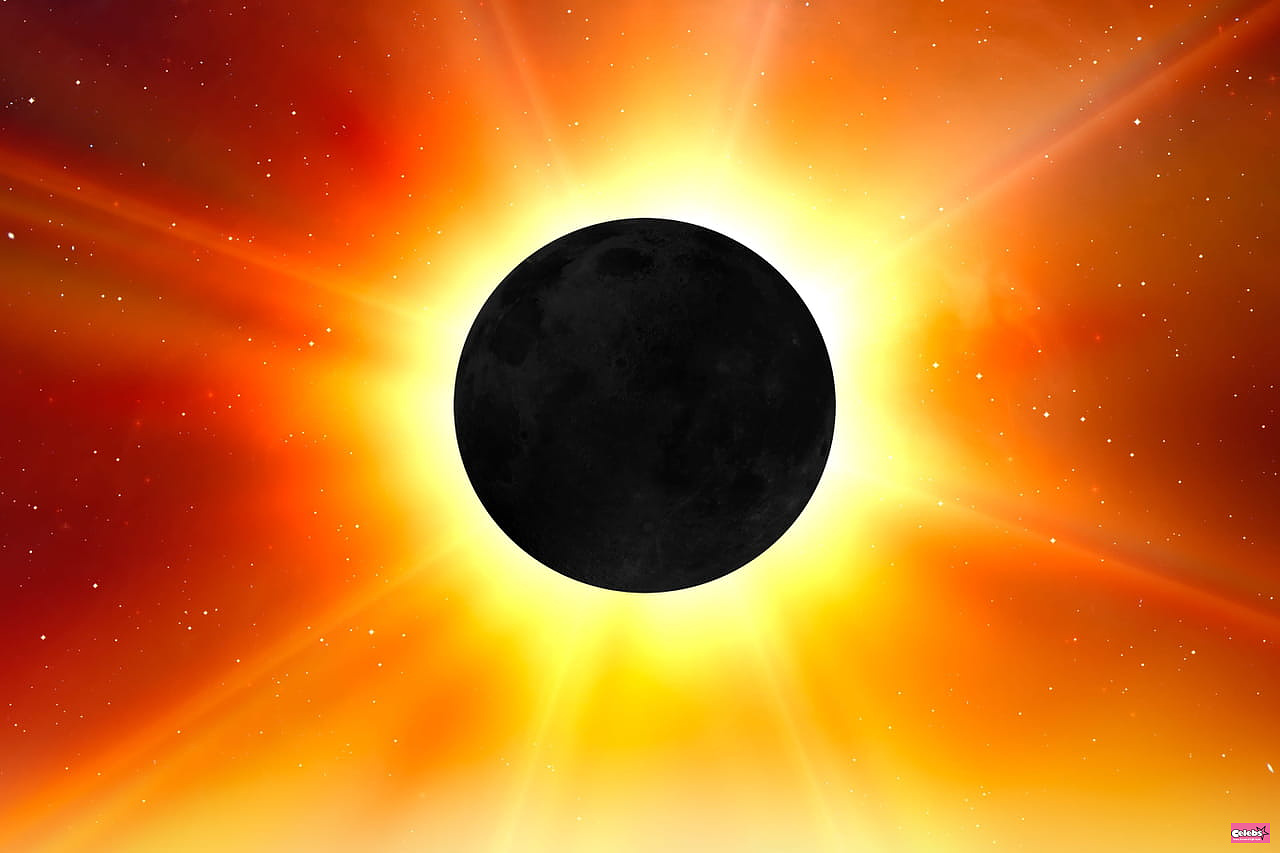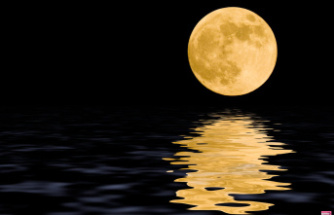SUN ECLIPSE. The 15th total eclipse of the 21st century will soon occur across the Atlantic. What date and time? Will France be able to observe it?
[Updated March 27, 2024 at 1:45 p.m.] A total eclipse of the Sun, which occurs when the Moon is perfectly aligned with the Earth and the Sun, is eagerly awaited on Monday, April 8, 2024, on the other side of the Atlantic. Unfortunately not visible from France, it will start in Mexico from the country's north-eastern Pacific coast, cross the United States - from Texas to Connecticut - then south-eastern Canada, ending towards its Atlantic coast.
The show will occur in the afternoon, offering an incredible celestial experience, worthy of an end-of-the-world scenario: in fact, the total solar eclipse will plunge certain regions into black night for several minutes! If in France, the next total solar eclipse will not take place before September 3, 2081, it will be possible to follow the event online. On which sites? And how can we explain the phenomenon of total, annular or partial solar eclipse? Know everything.
The next solar eclipse will be total and will fall on Monday, April 8, 2024. It will begin near the Pacific coast of Mexico at 11:07 a.m. PDT (Pacific Daylight Time) or 8:07 p.m. PST, and end on the Atlantic coast of Canada at 5:16 p.m. NDT ( Newfoundland Daylight Time) is 9:46 p.m. French time. Astronomy enthusiasts, you can follow the eclipse spectacle broadcast live on the NASA YouTube channel and on the Timeanddate.com website.
Between the partial and total eclipse, the annular eclipse occurs when the Sun and Moon are perfectly aligned with the Earth but the apparent size of the Moon is slightly smaller than that of the Sun. This then forms a bright ring surrounding the lunar disk. The next annular eclipses will be visible completely from France on the following dates: November 5, 2059 then February 27, 2082.
A solar eclipse occurs when the Earth, Moon and Sun are perfectly aligned in the same plane. The Moon then projects its shadow on the Earth, thus hiding the Sun, and plunging part of our planet into darkness for a few minutes.
The Earth revolves around the Sun in a plane called the “ecliptic plane”. The Moon, for its part, revolves around the Earth in another plane. So at the new moon, when our satellite is located between the Earth and the Sun, it is usually not aligned perfectly with them. This is why there is no solar eclipse every new moon. Exceptionally, all the conditions are met: Earth, Moon and Sun are aligned in this order on the ecliptic plane. A solar eclipse then occurs.
A partial solar eclipse occurs when the Earth-Moon-Sun alignment is not perfect, when the Moon passes slightly above or below the Earth-Sun alignment. The Moon only hides a piece of the Sun, which is not enough to completely darken the sky. “To begin to have a sensation of darkness in the sky, to perceive a sort of cold light, you need at least 95% obscuration of the Sun,” Florent Deleflie, astronomer at the Paris Observatory, told AFP. . This astronomical phenomenon of partial solar eclipse, which occurs when the Sun, Moon and Earth are imperfectly aligned, does not darken the sky and can only be observed with adequate protection, otherwise it will cause “irreversible retinal burns.” , warns Florent Deleflie, of the Paris Observatory.
On Tuesday October 25, 2022, a partial solar eclipse was visible in the sky in France. However, the Sun had not been hidden in the same way depending on the region. Indeed, it was in the east of the country that the partial eclipse was most visible. In Strasbourg, the obscuration rate was almost 20%. Even at the peak of the eclipse, over Kazakhstan, the Sun was more than 80% hidden. An insufficient figure to have a perception of darkness in broad daylight, since an obscuration of at least 95% of the Sun is required. Discover the most beautiful photos of this solar eclipse from around the world:
Find all the dates of the next total solar eclipses in the world, but also partial and annular eclipses in France, in our file below.
The next solar eclipses visible from France will be partial. A partial eclipse shows only part of the Sun obscured by the Moon. They will be visible in France on the following dates: March 29, 2025 and August 12, 2026.
An extremely rare phenomenon, a total solar eclipse only occurs when the Sun, Moon and Earth are aligned perfectly. French astronomy enthusiasts will have to be patient. The next total solar eclipse in France will take place on September 3, 2081, followed closely by a second complete eclipse on September 29, 2090. In the meantime, it will still be possible to see the Moon partially obscure the Sun.
If you want to enjoy the spectacle of a total solar eclipse in Europe, you will have two chances to see one... In 6 years! On August 12, 2026, darkness will first cover northern Spain and part of Iceland. This total solar eclipse will only be partially visible in France. The following year, on August 2, 2027, a second total eclipse will be visible in the far south of Spain. If you stay in France, you will still be able to enjoy a very beautiful partial eclipse.
To observe a solar eclipse with the naked eye, you must wear special glasses. Classic sunglasses are not enough to protect the retina. During the eclipse, with the decrease in brightness, the pupils will tend to dilate. When the sun suddenly reappears, serious retinal damage can occur. These burns are not painful, so you should be particularly wary of them.
Tricks like watching the eclipse through a CD or through smoked glass are not effective. To protect your eyes and make the most of the eclipse, go to an astronomy club where you can observe the eclipse indirectly through projection. The simplest solution: cut a small hole in a piece of cardboard, point it at the sun, and observe the projected eclipse. Please note that glasses allowing you to observe the eclipse safely are available for around 2 euros. It is also possible to buy them in shopping centers or in stores such as Nature et Découverte, or to order them on the Internet. All the tips are in our file below:











